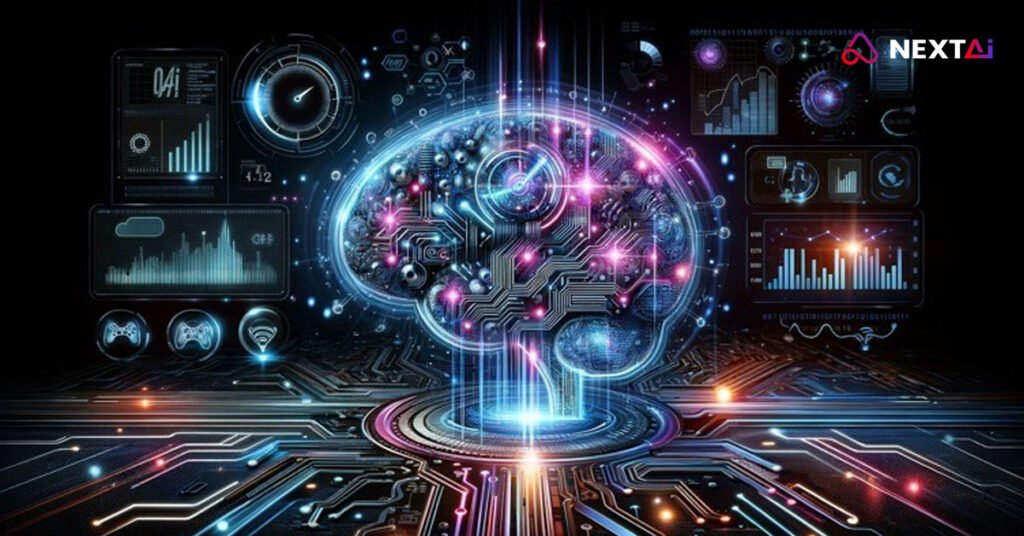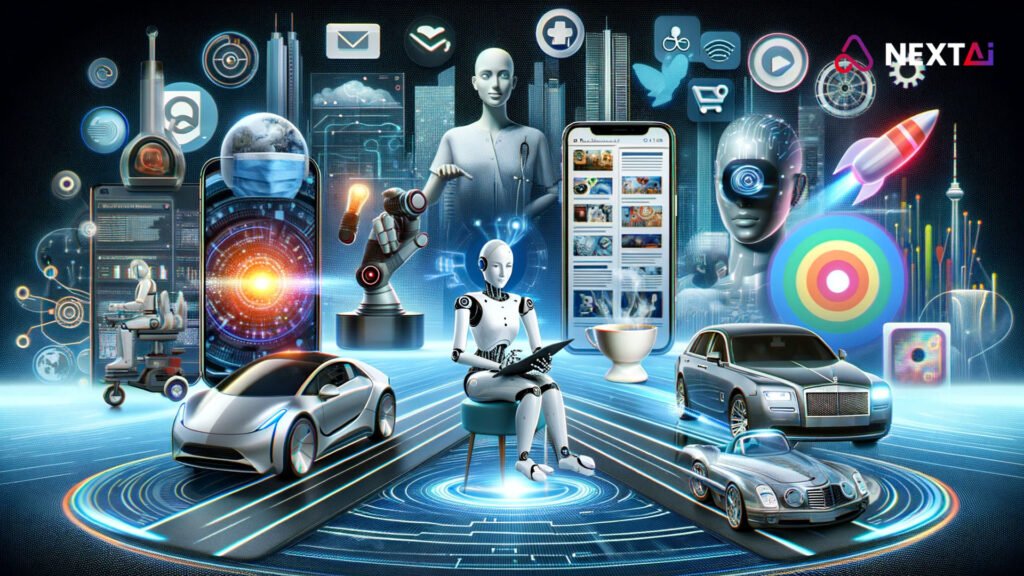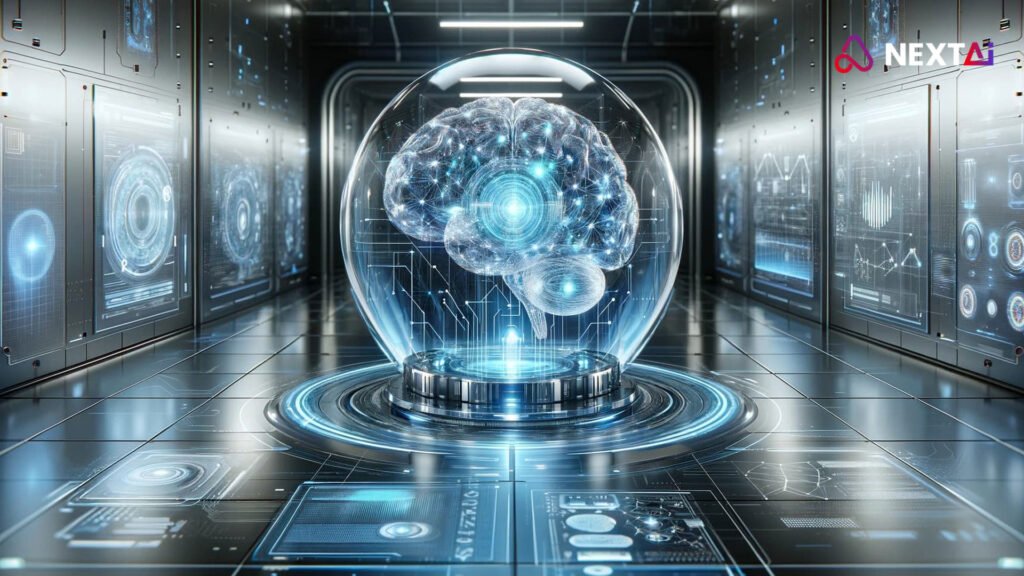
The Role of AI in Real-Time Data Processing: Powering Instant Insights and Decision-Making
By Rajiv Rajkumar Bathija | AI in Real-Time Data Processing
In today’s fast-paced digital landscape, the demand for real-time data processing is growing rapidly. Businesses need immediate access to insights and the ability to act on data as events unfold. This is where Artificial Intelligence (AI) is making a significant impact. By automating data ingestion, analysis, and response, AI enables real-time data processing, empowering organizations to make informed decisions faster than ever before.

In this blog, we’ll explore how AI is transforming real-time data processing, from streaming analytics to anomaly detection and beyond, and how it can help businesses stay agile, competitive, and informed.
1. Enabling Streaming Analytics for Instant Insights
Streaming analytics is the processing of real-time data as it is created, often from sources like IoT devices, social media feeds, and transaction logs. AI enhances streaming analytics by rapidly ingesting and analyzing data in real time, identifying trends, patterns, or anomalies within seconds.
For instance, AI-powered streaming analytics platforms can process financial transaction data in real time, flagging suspicious transactions immediately, or monitor equipment data to detect early signs of wear. By leveraging AI in streaming analytics, businesses gain the ability to act on live data, making instant adjustments and decisions based on the latest insights.
2. Real-Time Anomaly Detection for Proactive Responses
AI is highly effective at identifying unusual patterns or deviations in data, making it invaluable for anomaly detection. In real-time data processing, anomaly detection powered by AI allows companies to spot irregularities as they occur, whether in network traffic, financial transactions, or machine performance.
For instance, AI can detect network security threats like DDoS attacks, or detect deviations in sensor data that indicate a potential equipment failure. By enabling real-time anomaly detection, AI helps organizations proactively address issues before they escalate, minimizing downtime, reducing risk, and enhancing operational resilience.
3. Optimizing Customer Experiences with Real-Time Personalization
One of the most impactful applications of real-time data processing is customer personalization. AI can analyze customer behavior as it happens, using this information to create personalized recommendations, adjust promotions, or modify interactions based on customer needs and preferences.
For example, AI algorithms can track browsing behavior in e-commerce platforms, delivering personalized product recommendations in real time. Similarly, streaming analytics can enhance customer service by anticipating customer needs and providing representatives with relevant data during interactions. Real-time personalization enables businesses to deliver experiences that resonate with customers, boosting engagement and loyalty.
4. Supporting Predictive Maintenance in Industrial Settings
In industries like manufacturing, transportation, and utilities, equipment downtime can lead to significant operational losses. AI-driven real-time data processing supports predictive maintenance by continuously monitoring equipment performance and identifying early signs of potential issues.
Using data from sensors, AI can analyze patterns and predict when maintenance will be required, allowing teams to schedule service before an unexpected breakdown occurs. This proactive approach reduces maintenance costs, minimizes downtime, and extends the life of critical assets, leading to greater efficiency and cost savings.
5. Improving Supply Chain Efficiency with Real-Time Tracking
Supply chain management relies heavily on accurate, timely data to manage inventory, track shipments, and respond to disruptions. With AI-powered real-time data processing, businesses can gain visibility across the entire supply chain, identifying inefficiencies, optimizing routes, and adjusting inventory based on live demand data.
For instance, AI can help companies monitor delivery times and inventory levels, automatically rerouting shipments in response to weather disruptions or supply chain delays. Real-time supply chain management enables organizations to meet customer demand more effectively, reduce waste, and increase operational resilience.
6. Real-Time Sentiment Analysis for Brand Monitoring
AI-driven sentiment analysis can interpret social media posts, customer reviews, and other textual data in real time, offering businesses insights into public sentiment about their brand. By processing this data instantly, AI allows companies to identify emerging trends, gauge customer sentiment, and respond to crises before they escalate.
For example, a brand can use real-time sentiment analysis to detect sudden increases in negative mentions on social media, allowing the team to address concerns and protect brand reputation. This proactive approach to brand monitoring helps businesses stay connected with their audience and maintain a positive public image.
7. Enabling Real-Time Decision-Making in Finance
Financial markets move at lightning speed, and real-time data is essential for making informed investment decisions. AI can analyze live market data, economic indicators, and news sentiment in real time, providing traders and financial analysts with instant insights.
AI-driven algorithms can monitor stock prices, trading volumes, and market trends, allowing firms to react to market changes as they happen. Real-time financial data processing powered by AI not only improves decision-making speed but also reduces the risk of losses in volatile markets.
8. Powering Autonomous Systems with Real-Time Data
Autonomous systems, such as self-driving cars and industrial robots, rely on real-time data processing to operate safely and effectively. AI enables these systems to process data from sensors, cameras, and other inputs in real time, allowing them to make split-second decisions based on the surrounding environment.
For instance, self-driving cars use AI to analyze data from LiDAR and cameras, adjusting speed, direction, and braking in response to traffic conditions. Similarly, AI-powered robots in manufacturing facilities can detect obstacles or changes in their environment, ensuring safe and efficient operation. Real-time AI processing is critical for enabling autonomous systems to operate smoothly and adapt to dynamic conditions.

Final Thoughts: Transforming Real-Time Data Processing with AI
AI-driven real-time data processing is a game-changer for businesses across industries, enabling instant insights, proactive responses, and improved operational efficiency. From enhancing customer experiences to supporting autonomous systems, the ability to process and act on data in real time offers organizations a competitive edge in today’s data-driven world.
If you’re looking to leverage AI for real-time data processing in your organization, let’s connect. Together, we can explore the potential of AI to enhance your workflows, streamline operations, and unlock new insights in the moment they matter most.
#RealTimeDataProcessing #ArtificialIntelligence #RajivRajkumarBathija #StreamingAnalytics #PredictiveMaintenance #AnomalyDetection #RealTimeDecisionMaking
 Author: Rajiv Rajkumar Bathija
Author: Rajiv Rajkumar Bathija
